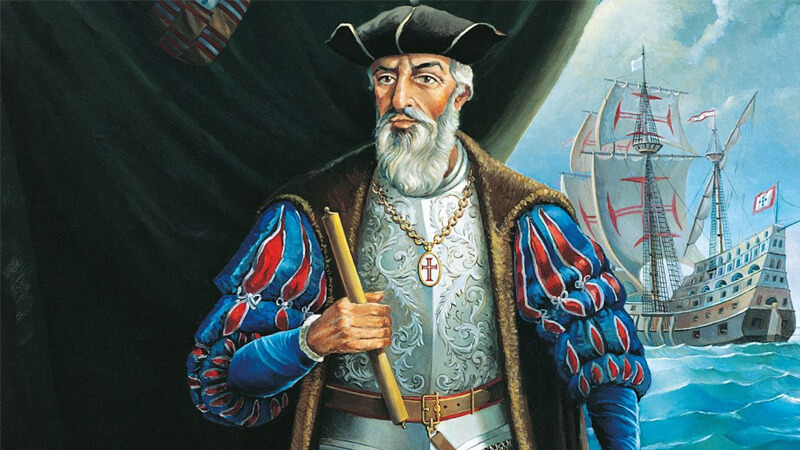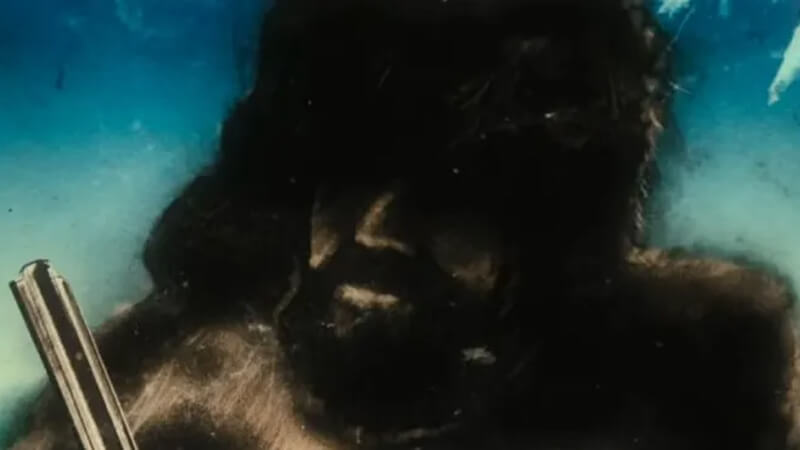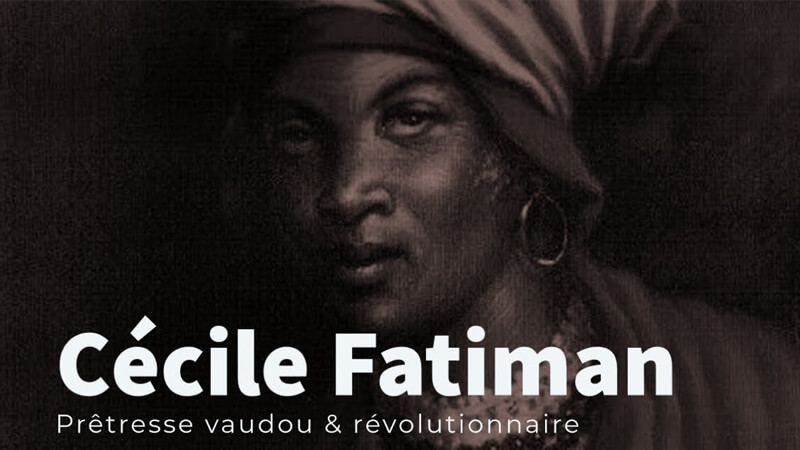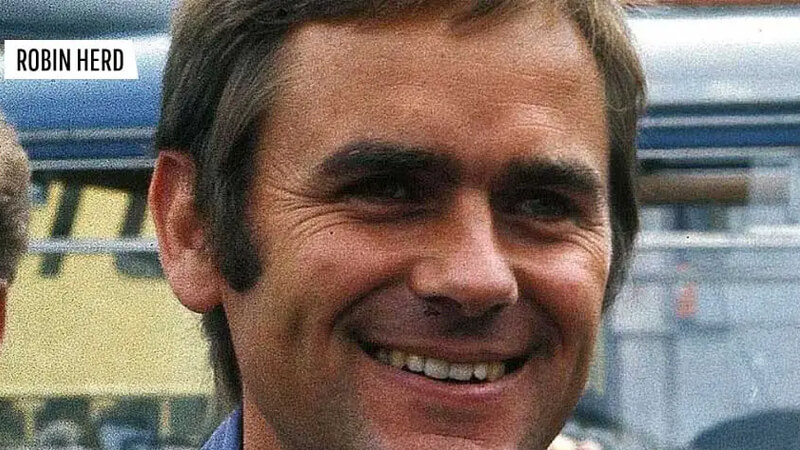Biography of Vasco Da Gama:- A navigator and explorer who opened for the Portuguese the so-called spice route, which surrounded the African continent until reaching India.
The figure of this great Portuguese seaman, immortalized by the poet Luis Vaz de Camoens (Camoes) in his epic Os Lusíadas , is comparable to that of Christopher Columbus or Magellan, and is fundamental to understand the commercial transformations that took place in the West. During the fifteenth and sixteenth centuries.
Biography of Vasco Da Gama
- Born:- 1469, Sines,Portugal
- Died:- 24 December 1524,Kochi, India
- Nationality:- Portuguese
- Buried:- Jeronimos Monastery, Lisbon, Portugal
- Parents:- Estêvão da Gama, Isabel Sodré
- Children:- Cristóvão da Gama, Estêvão da Gama
Vasco da Gama was born in Sines, a small village located in the Lower Alentejo. His father, named Esteban, was of noble lineage and enjoyed an excellent reputation in court.
His mother, Dona Isabel Sodre, wanted the second of his sons, Vasco, to prepare for the ecclesiastical career, but despite his maternal intentions, the young man decided, together with his brother Paulo, to link his life to the business of the sea .
See Also: Biography of Vallabhbhai Jhaverbhai Patel
From an early age, Vasco da Gama was able to devote himself full to the sea life, participating in several expeditions to the African coast and giving in them proof of a great capacity.
In this way, the acquired experience and fame were enough to make him, after studying mathematics and cosmography, become captain.
A risky episode came to accentuate his prestige as a navigator. In 1493, the French seized a Portuguese ship loaded with gold from one of the Portuguese possessions on the African coast, Costa da Mina. Vasco, commissioned by the sovereign to seize as reprisal the French ships anchored in their dominions, carried out his mission with remarkable speed and success, and seized ten of these ships only in the port of Lisbon.
Pressed so effectively, the French king Charles VII resigned himself to return the captured boat without missing an iota of its cargo.
From that moment, Vasco especially attracted official attention. In 1495, death surprised John II and the throne passed to his heir, Manuel I the Lucky One. Collecting an ambitious project from his predecessor, the new monarch organized an expedition that was to go to India outlining Africa.
At that time it seemed clear that it was possible to cross the southern tip of Africa and reach the Indian Ocean, as Bartholomew Diaz had shown ten years before.
The spice trade was at stake, as the routes, at that time, were controlled by the Arabs. This was also intended to balance the advantage that the discovery of America had provided to Spain.
The name of the Range was shuffled from the beginning among those best suited to lead the difficult journey; In 1496, Esteban da Gama was chosen to do so, but his sudden death caused his two sons to assume “the honor and the danger” of leading the difficult enterprise.
The route of spices
On July 8, 1497, Vasco da Gama left Lisbon at the head of 200 men and three ships, the San Gabriel , Bernio and San Rafael . The expedition did not border the West African coast (as was customary), but it entered the Atlantic sailing south from Cape Verde and then turning east to reach southern Africa.
In November they arrived at the southern end of the African continent, called by Bartolomé Diaz, the Cape of the Storms, in reference to the continuous state of agitation of those waters where the Atlantic and Indian Oceans are found, and renamed by John II with the suggestive and prophetic name of Cape of Good Hope.
In mid-November 1497, Vasco da Gama’s fleet crossed the Cape of Good Hope and sailed north along the eastern coast of Africa. With much of the crew sick with scurvy, the expedition halted to rest at the mouth of the Quelimane River, after which they sailed to the port of Mozambique.
The port of Mozambique was controlled by the Arabs, who monopolized trade in the region. For this reason, Vasco da Gama decided to pretend to be a Muslim.
At first the ploy worked, as the sultan of Mozambique received them very well, and even offered them guides to continue their journey to India. However, suspicion soon appeared and the sultan began to suspect that Vasco da Gama had deceived him about his religion.
Before the anger of the ruler, the Portuguese took anchors and went to sea, but they were very scarce of provisions, reason why they were forced to disembark near there and to be provisioned by the force.
The navigation went through difficult times, since the Arab guides were not of trust; But the expedition managed to reach Mombasa, where they were well received by the sheikh of the place.
Vasco da Gama did not trust his host, and his suspicions were soon confirmed when he discovered that the sheikh had set up a trap for them. Alerted, they managed to reject the attack and flee with their three ships. The ship carrying supplies had been abandoned when crossing the Cape of Good Hope.
The next stop on the African coast was more rewarding for the expeditionaries. The sheikh of the place, Malindi, was at odds with Mombasa, so he gladly received them and gave them a guide who knew those waters. It was a very expert Arab pilot, Aben-Macbid, apparently of Christian religion.
Moreover, the Portuguese established contact with a Hindu ship, which convinced them of the closeness of their objective. Aben-Macbid, taking advantage of the summer monsoon, led them in only twenty-three days to the coasts of India.
It was the first time that European civilization came into contact with India, a fundamental event for the course of history.
There it was clear that the gifts sent from Portugal by King Manuel II were not to the liking of the court of the ruler of the city, the Zamorin.
This, coupled with the pressure of Muslim merchants, who reported that Vasco da Gama had repeatedly lied to hide his religion and had acted with violence in most of the African ports in which he had landed, led to a very tense situation with the Authorities of Calicut.
Nevertheless, Vasco da Gama managed to temporize with the Zamorin and sailed from Calicut, back to Portugal, with a cargo of spices.
Vasco da Gama remained in India for four months. The return trip, as it used to happen in such long and difficult journeys, was very hard. On the way to Malindi they invested three months and suffered so many casualties that Vasco da Gama, lacking men to man the three ships, decided to distribute the survivors in the two remaining boats and burn San Rafael.
After crossing the Cape of Good Hope, the two ships separated because of the bad weather and each one was forced to return to Portugal by its account, reaching both their objective. Vasco da Gama arrived in Lisbon on September 9, 1499.
The country welcomed the survivors with overwhelmed enthusiasm. Vasco da Gama was named “Admiral of the Seas of India” and “Lord of the Conquest, Navigation and Trade of Ethiopia,
With his voyage, Vasco da Gama had inaugurated a new route to Asia and the islands of spices, an alternative to the Silk Route, which from the second century BC had communicated the East Asian world with the Mediterranean basin and which before its Expedition depended on Turkish Muslim power.
Thus ended the work that Prince Henry the Navigator began eighty years before with the School of Navigators of Sagres. We know the details of this first trip thanks to the text contained in the Diario de Álvaro Velho, one of the members of the expedition that served aboard the San Gabriel.
Vasco da Gama would still return to India in 1502 and 1524, captaining expeditions that had a more military than commercial or diplomatic character, since it was a question of consolidating the monopoly of the spices using the force of the arms.
He was appointed governor with the title of viceroy and imposed the Portuguese rule from Goa to Cochin, thus enabling the small Portuguese kingdom to become a colonial and mercantile power of the first order.
On the voyage of 1502, in command of a fleet of twenty ships, he seized Quiloa (Kilwa) and Sofala, in Mozambique. He managed to eliminate the Arab rivals and established Portuguese maritime hegemony on the Indian coast, building in Cochin the first Portuguese factory in Asia.
In 1503 he returned to Lisbon and no longer sailed until 1524, when he was appointed viceroy of India. Nevertheless.




